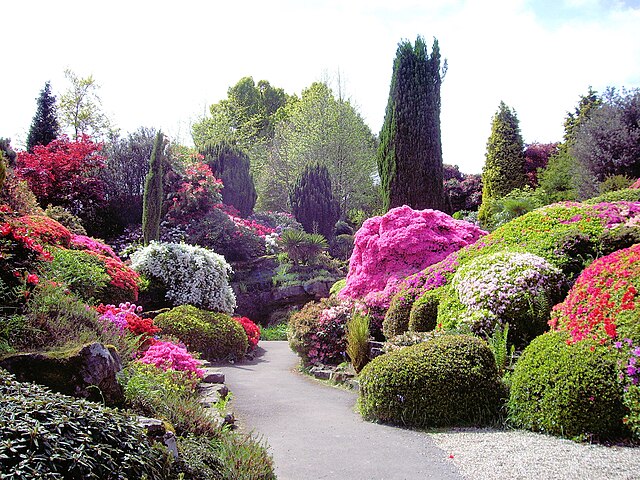Landscaping refers to any activity that modifies the visible features of an area of land, including the following:Living elements, such as flora or fauna; or what is commonly called gardening, the art and craft of growing plants with a goal of creating a beauty within the landscape.
Natural abiotic elements, such as landforms, terrain shape and elevation, or bodies of water.
Abstract elements, such as the weather and lighting conditions.
Landscaping an elementary school courtyard in the city of Kuching
Horticulture is the science, technology, art, and business of cultivating and using plants to improve human life. Horticulturists and Horticultural Scientists create global solutions for safe, sustainable, nutritious food and healthy, restorative, and beautiful environments. This definition is seen in its etymology, which is derived from the Latin words hortus, which means "garden" and cultura which means "to cultivate". There are various divisions of horticulture because plants are grown for a variety of purposes. These divisions include, but are not limited to: gardening, plant production/propagation, arboriculture, landscaping, floriculture and turf maintenance. For each of these, there are various professions, aspects, tools used and associated challenges; Each requiring highly specialized skills and knowledge of the horticulturist.
A horticulture student tending to plants in a garden in Lawrenceville, Georgia, March 2015
The Rock Garden, Leonardslee Gardens
Flower seedlings at a market in Breda, Netherlands




